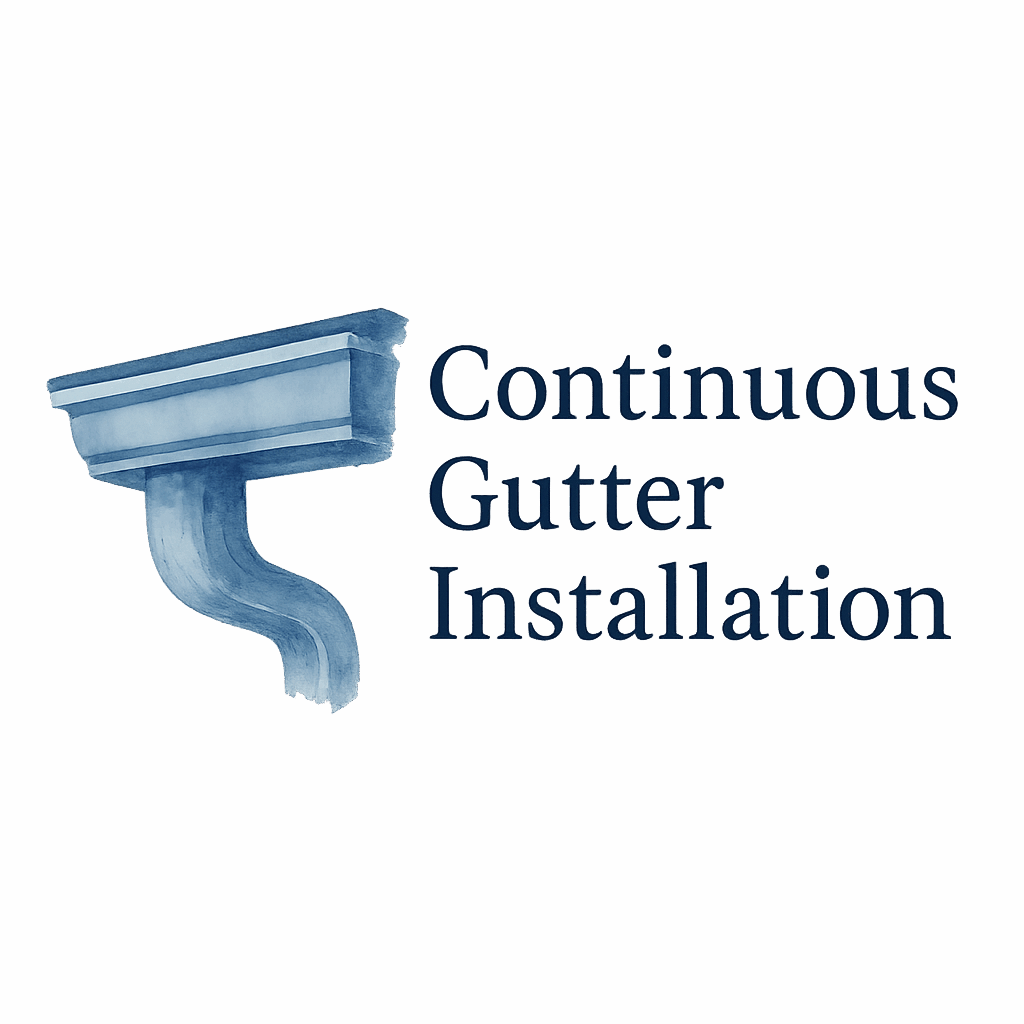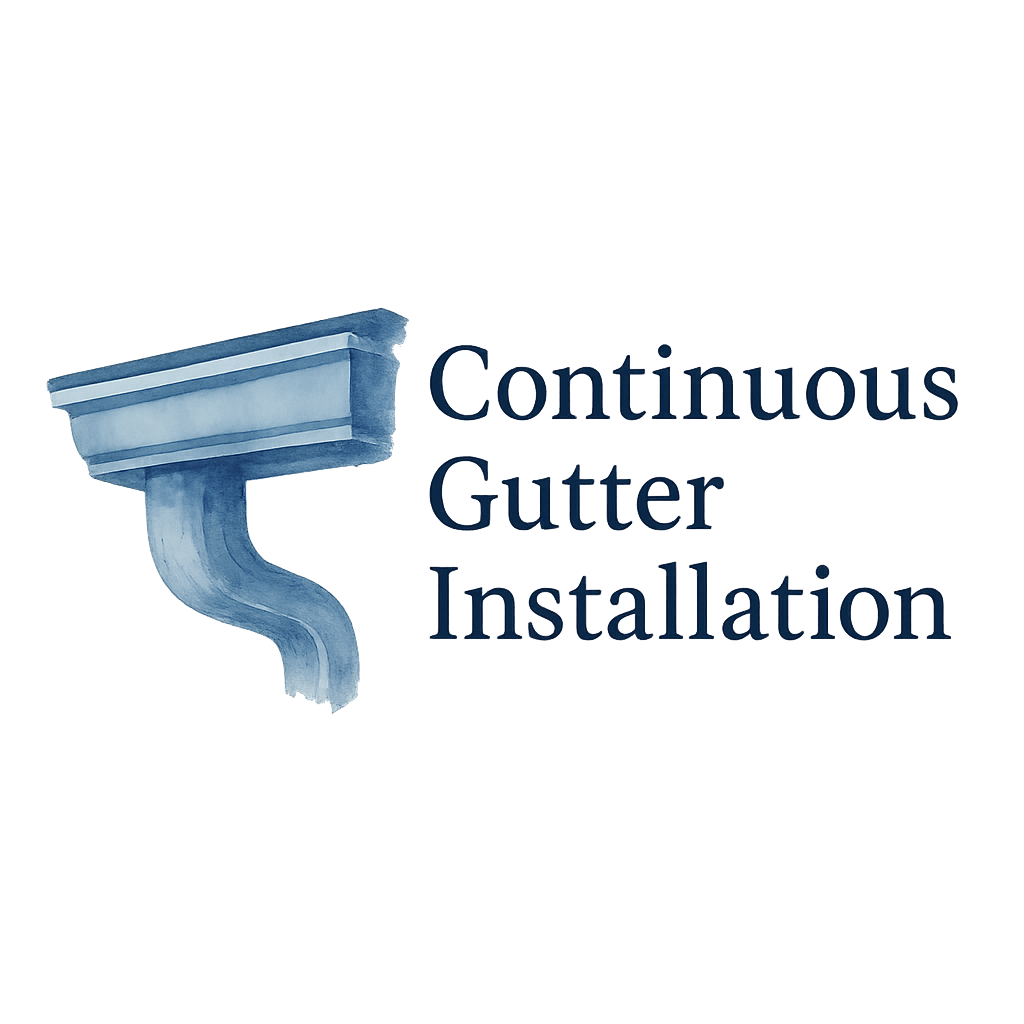Introduction to Continuous Gutter Installation
Continuous gutters, also known as seamless gutters, are a game-changer for homeowners. Unlike sectional gutters, they’re made from a single piece of material, which means fewer seams and fewer leak risks. But just because they’re durable doesn’t mean they’re maintenance-free. Like any part of your home, they’ll eventually need some repairs.
Today, we’ll break down the 11 most common repairs for continuous gutter installation, what causes them, and how you can address them. If you’re a homeowner looking to keep your gutters in top shape, you’re in the right place.
Why Continuous Gutters Need Regular Attention
The Role of Gutters in Home Protection
Think of gutters as your home’s drainage system. Without them, rainwater would pour straight down from your roof, soaking your foundation, damaging your siding, and creating a muddy mess around your property. Gutters redirect water safely away from your home, protecting everything from your landscaping to your basement.
Common Causes of Gutter Damage
Even seamless gutters face challenges. Heavy rainfall, seasonal debris buildup, falling branches, and even small animals can wreak havoc. Over time, wear and tear show up in leaks, sagging, or even rust. That’s why knowing the most common repairs for continuous gutters is essential.
11 Common Repairs for Continuous Gutter Installation
1. Fixing Gutter Leaks
Causes of Leaks
Leaks are the number one gutter problem. They often appear at corners, end caps, or anywhere sealant wears off. Even seamless gutters aren’t immune if their protective coatings weaken.
Quick Fixes vs. Professional Repairs
For small leaks, sealants or gutter caulk can buy you time. But if the problem keeps coming back, it’s smarter to call a pro who can reseal or replace the section. Learn more about gutter installation basics here.
2. Repairing Sagging Gutters
Signs of Sagging
If your gutter looks like it’s bowing in the middle or pulling away from your roofline, sagging is the culprit.
Reinforcement Methods
This usually means broken hangers or too much debris weight. Reinforcing with new hangers or brackets gets them back in line.
3. Addressing Improper Sloping
How Slope Affects Water Flow
Gutters need the right pitch to drain properly. If the slope is off, water pools and eventually spills over.
Adjusting the Pitch
Fixing slope issues involves re-hanging sections at the correct angle. This can be a tricky DIY job but well worth it to avoid overflow.
4. Replacing Damaged Sections
Spotting Wear and Tear
Sometimes sections of gutters get bent or cracked, especially after storms.
Choosing Affordable Replacements
Replacing a small section is often more cost-effective than patching endlessly. Explore affordable gutter options here.

5. Repairing Loose or Broken Hangers
Role of Hangers
Hangers keep your gutters snug against your fascia board. When they loosen, sagging and detachment follow.
How to Fix Them
Replacing broken hangers or tightening screws can restore stability quickly.
6. Correcting Overflow Issues
Causes of Overflow
Overflow usually means clogged gutters or undersized downspouts.
Long-Term Solutions
Adding larger downspouts or gutter protection systems prevents overflow headaches. Check out gutter protection systems here.
7. Sealing Separated Joints
Why Joints Separate
Even with seamless gutters, joints exist where downspouts connect. These can separate due to expansion, contraction, or poor sealant.
Proper Sealing Methods
Resealing with a quality gutter sealant stops leaks and extends the system’s lifespan.
8. Addressing Foundation Water Damage
Risks of Ignoring Repairs
If gutters don’t work, your foundation is at risk. Cracks, mold, and even basement flooding can follow.
Repairing vs. Preventing
Sometimes, foundation repairs are unavoidable. But proper gutter care prevents these costly fixes. Learn maintenance tips here.
9. Reattaching Detached Downspouts
Why Downspouts Detach
Heavy winds or poor installation can cause downspouts to disconnect.
How to Secure Them
Reattaching with strong brackets and ensuring proper alignment keeps water flowing where it should.
10. Fixing Gutter Rust and Corrosion
Identifying Rust Early
If you spot orange streaks, rust has begun. Left untreated, holes form fast.
Treatment Options
Rust can be sanded down, primed, and painted, but badly corroded areas need replacement. Check trendy gutter styles here.
11. Installing or Repairing Gutter Guards
Benefits of Gutter Protection
Gutter guards or screens keep leaves, twigs, and critters out. They reduce cleaning needs and extend gutter life.
Common Gutter Screen Repairs
Over time, screens can bend or detach. Refastening or replacing them ensures ongoing debris control. Learn about gutter screens here.
Preventive Maintenance for Continuous Gutters
Seasonal Care Tips
Cleaning gutters at least twice a year prevents most issues. After fall leaves drop and again in spring is a smart schedule.
Professional Maintenance vs. DIY
DIY can work for small tasks, but pros catch hidden issues early. Consider scheduling inspections, especially before storm season.
Cost Considerations for Gutter Repairs
Affordable vs. Premium Solutions
Some repairs cost just a few dollars, like resealing joints, while others—like replacing sections—require more investment.
Budgeting for Long-Term Gutter Care
A smart approach is setting aside a yearly maintenance budget. Explore gutter cost budgeting here.
Conclusion
Continuous gutters are one of the best investments you can make in protecting your home. But like any system, they need care. From leaks and sagging to rust and foundation protection, addressing issues early saves money and stress. By understanding these 11 common repairs for continuous gutter installation, you can stay ahead of problems and keep your home safe for years to come.
FAQs
1. How often should I inspect my continuous gutters?
At least twice a year—once in spring and once in fall.
2. Can I fix sagging gutters myself?
Yes, if it’s just loose hangers. For bigger structural issues, call a pro.
3. What’s the average cost of gutter repairs?
It varies, but minor fixes can cost $100–$300, while larger replacements run higher.
4. Are gutter guards worth it?
Yes, they save time on cleaning and prevent clog-related damage.
5. How do I know if my gutters need replacement?
If repairs keep piling up or rust/corrosion spreads, replacement is smarter.
6. What happens if I ignore gutter repairs?
You risk water damage to siding, foundations, basements, and landscaping.
7. Do continuous gutters require less maintenance?
Yes, since they have fewer seams, but they still need cleaning and inspection.


